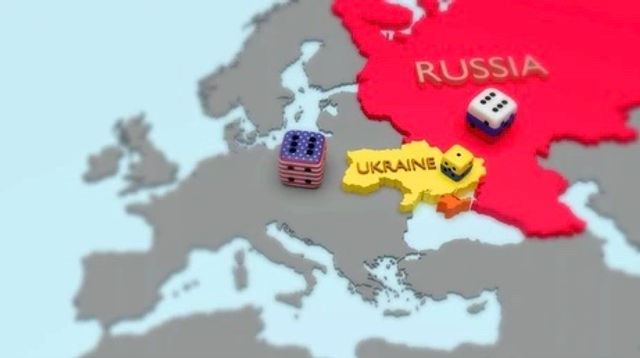Free Courses Sale ends Soon, Get It Now


Free Courses Sale ends Soon, Get It Now



Disclaimer: Copyright infringement not intended.
Context
On the last day of the 2024 Raisina Dialogue , India’s Chief of Defence Staff General Anil Chauhan said that “grey zone warfare” is the latest in informal warfare.
Details
What does grey zone warfare mean?
What grey zone warfare looks like
Why is grey zone warfare seen as a separate category of action?
|
PRACTICE QUESTION How does the concept of 'grey zone warfare' challenge traditional notions of conflict and security, and what strategies can states employ to effectively counter and mitigate its effects?" |
© 2024 iasgyan. All right reserved